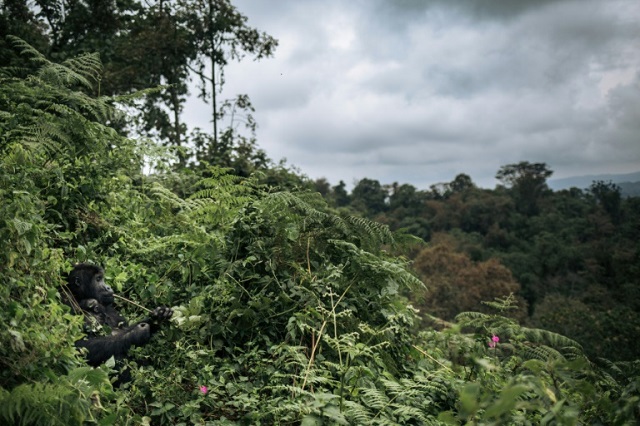
The most authoritative list of threatened species is the famous "Red List" maintained by the International Union for Conservation of Nature (IUCN).
While this list is relatively complete for mammals and birds, it is full of gaps when it comes to plants, only 10 per cent of which have been assessed. These assessments are fastidious and time-consuming, and there are more than 350,000 plant species in all.
To work around this problem, a team coordinated by a botanist from the French National Research Institute for Sustainable Development, Thomas Couvreur, carried out a computer analysis of the status of more than 22,000 vascular plant species in tropical Africa.
To perform the analysis, they used information compiled in a database called Rainbio that is maintained by the French Foundation for Biodiversity Research.
The result was that 32 per cent of the species, or nearly 7,000, were classified as likely or potentially threatened, based on either of two criteria recognised by the IUCN -- a recent reduction in population size or geographical distribution.
The regions found to be most at risk were Ethiopia, the centre of Tanzania, the southern Democratic Republic of Congo and the forests of West Africa.
This rapid method is "a cost-effective way to initiate the Red List assessment process for a large number of species," the researchers wrote.
But "the two approaches are complementary. There still needs to be an important international effort to evaluate all the plant species in Africa," Couvreur said in a statement.



1732623521-0/bitcoin-(1)1732623521-0-165x106.webp)

1732618327-2/Untitled-design-(7)1732618327-2-270x192.webp)











COMMENTS
Comments are moderated and generally will be posted if they are on-topic and not abusive.
For more information, please see our Comments FAQ